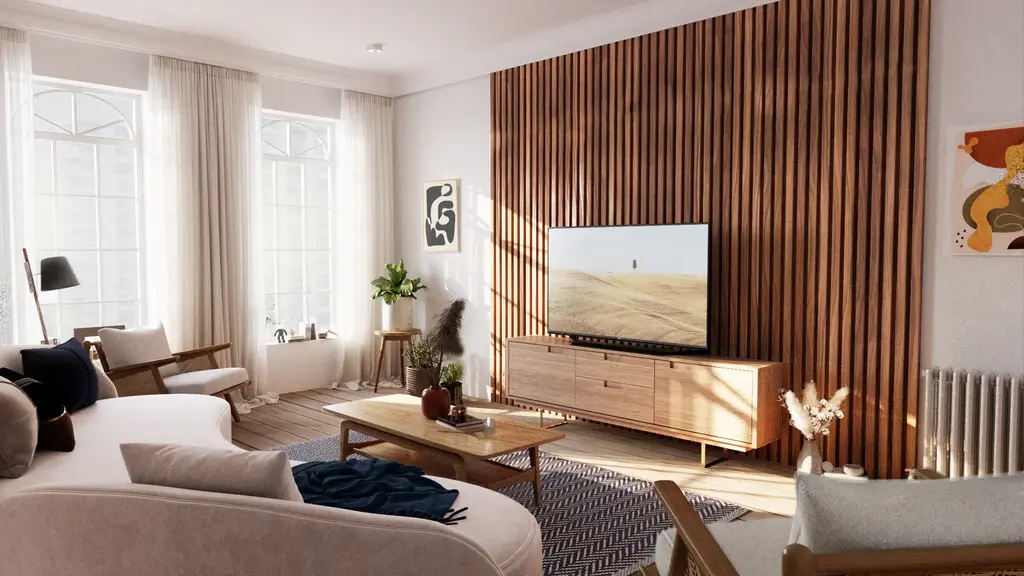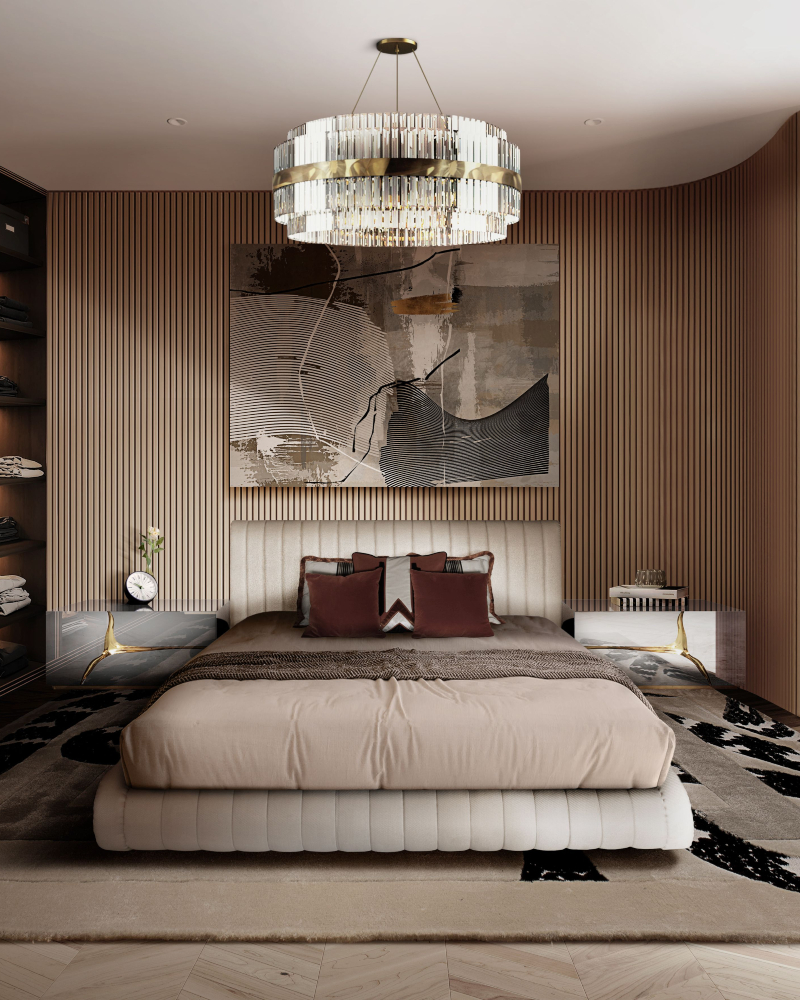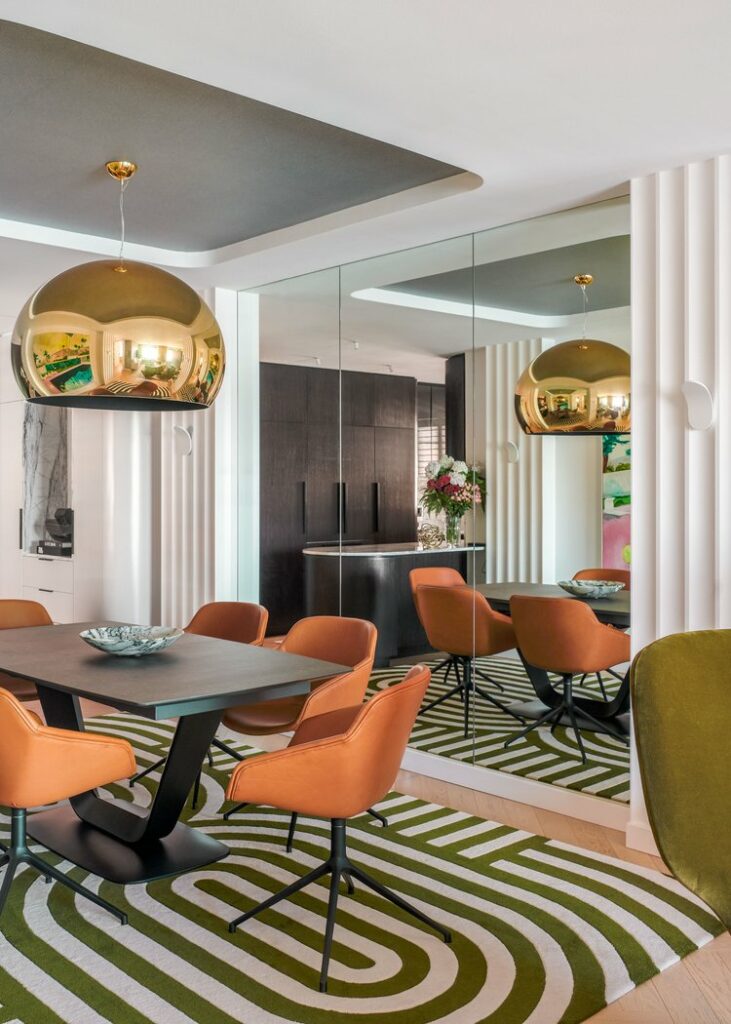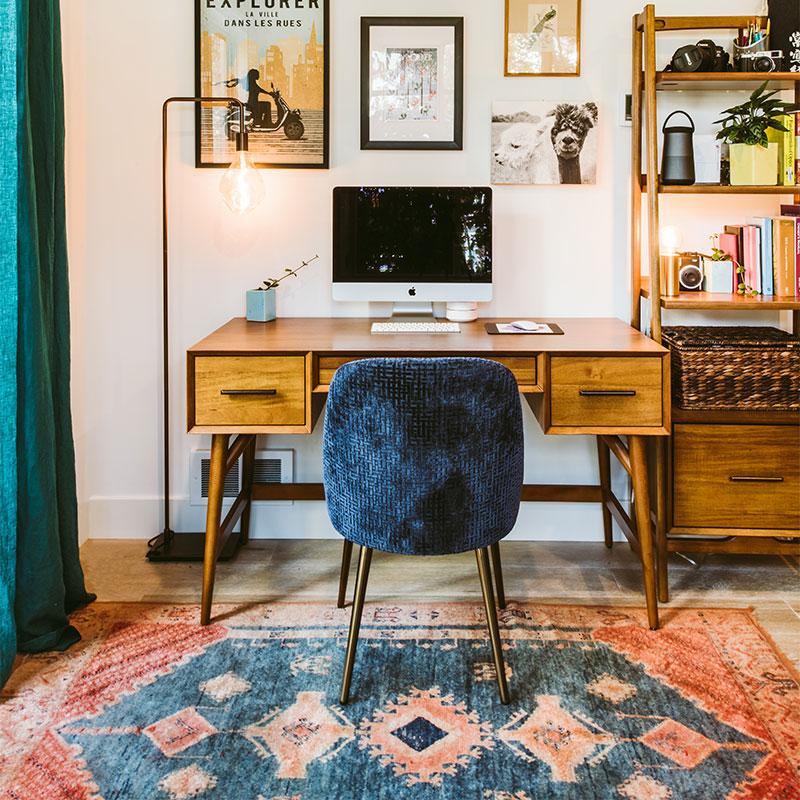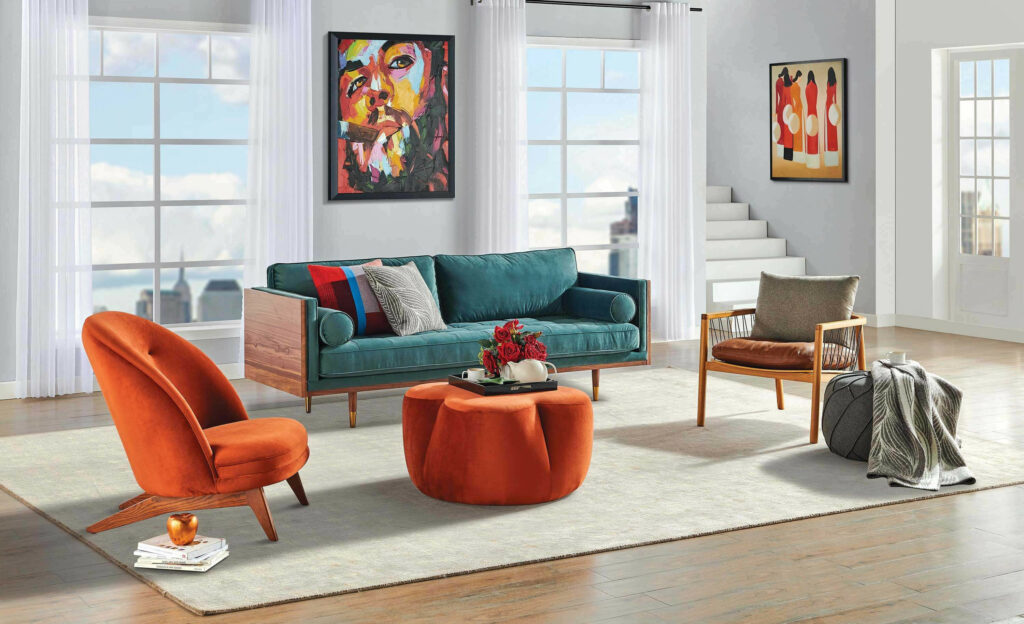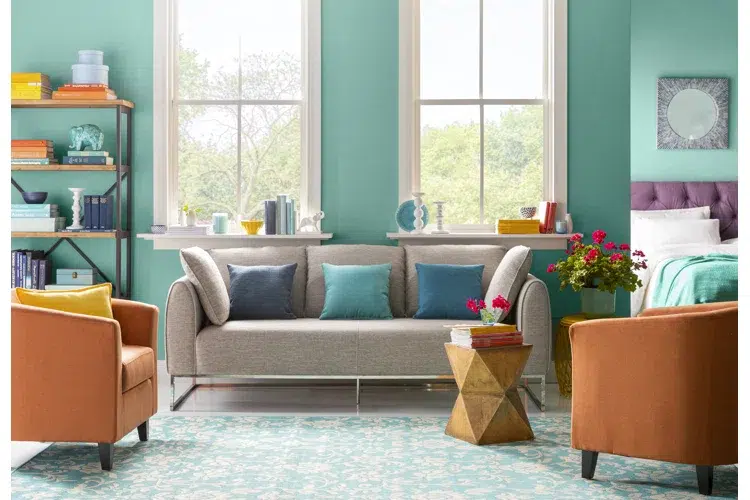Have you ever wondered why some spaces fall flat? Are you reluctant to mix and match materials, textures, and colours because you think it will look like a hot mess when you’re done; so instead of buying the compelling furniture and accessories that intrigue you, you opt to buy the matchy-matchy vignette that’s set up on the showroom floor?
You deserve better than the mundane matchy-matchy option. Your interior environment should evoke emotion, stimulate the senses, and tell your story.
One of the most effective techniques to achieve depth and interest within a room is by skillfully blending a variety of materials, colours, and layering textures. This artful fusion not only adds dimension but also injects personality and character into your space.
Let’s look at some of the some of the ways you can elevate your space through the transformative power of mixing, layering, and infusing elements.
Harmony through Contrast
The essence of mixing materials lies in striking a harmonious balance between contrasting elements. Whether it’s juxtaposing rough with smooth, shiny with matte, organic with industrial, or dark with light, the interaction of opposites creates a dynamic visual that keeps the eye engaged.
For instance, imagine a living room where a sleek, contemporary sofa is paired with a rustic wooden wall feature, and an organic patterned rug. The warmth and earthiness of the wood beautifully offsets the neutral elegance of the fabric and the rug introduced texture and colour, resulting in a space that feels both inviting and sophisticated.
Textural Diversity
Textures, like colors, have the power to convey mood and atmosphere. By layering a variety of textures within a room, you can add richness and complexity to its design palette. From plush fabrics and tactile rugs to textured wall treatments and smooth accents, each textural element contributes to the sensory experience.
Consider a bedroom adorned with a luxurious mix of a tufted velvet headboard, a plush area rug, and a glamorous glass chandelier. The interplay of these textures invites you to sink into comfort and relaxation.
Creating Visual Depth
Incorporating materials with different depths and finishes is key to creating visual depth within a space. This can be achieved by combining smooth surfaces with rough ones, glossy finishes with matte ones, and opaque materials with transparent ones. The layering of these elements adds interest and dimension, drawing your eye to explore every corner of the room.
Picture a dining area where a wood table, a reflective light pendant and colourful accent pieces are juxtaposed against a mirrored accent wall. The reflectiveness of the mirror and the pendant allows the eye to travel through the space, while the texture and colour adds depth and interest, creating a room that feels dynamic and spacious.
Embracing Eclecticism
Eclecticism is a hallmark of successful mixing and layering. It can also be the most intimidating and difficult to achieve “successfully”. But don’t be afraid to mix and match different styles, eras, cultures and meaningful personal items within your design scheme. The infusion of unexpected elements adds personality and tells your story. It makes your space uniquely yours.
For example, in a home office, combine a mid-century modern desk with a vintage Moroccan rug and a textured chair. Then add your personal photos and accessories. The fusion of these disparate elements creates a visually stimulating environment that sparks creativity and imagination.
Harnessing the Power of Colour
Colour is a powerful tool in interior design. It’s one of the fastest and easiest ways to transform your space. Don’t be afraid to introduce colour into your design scheme. Whether you prefer bold hues or subtle accents, color can enliven a space and tie together disparate elements.
When mixing materials and textures, it’s often best to begin with a neutral colour palette as your base. This could include shades of white, beige, gray, or taupe on walls, floors, and large furniture pieces. Neutral tones provide a versatile backdrop that allows other elements to stand out. However, if you thrive in a space that is filled with colour…then go for it! Say ‘no’ to beige and let your colourful personality shine through. Spaces that layer colour on colour can be incredibly inviting and dramatic.
Mastering the art of mixing and layering materials, textures and colour is the secret to creating a truly captivating interior space that tells your story. So go ahead, take a chance and experiment. Let your creativity run wild. The possibilities are endless, the rules are few, and the only marker of “success” in design is that you love your space.
And take comfort that S3 is only a call away if you need direction or a cheerleader by your side. 😊
